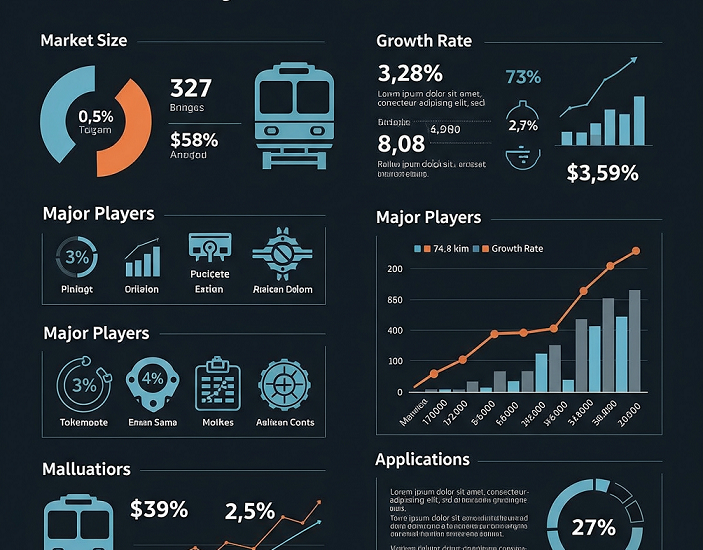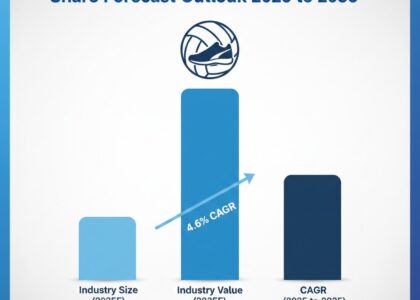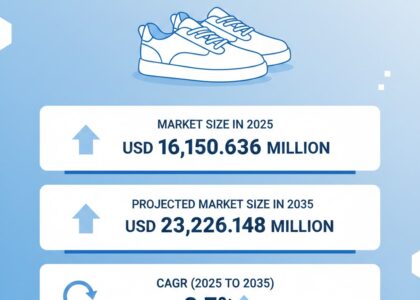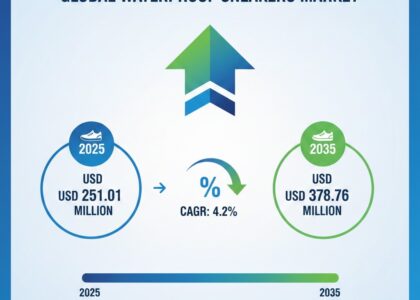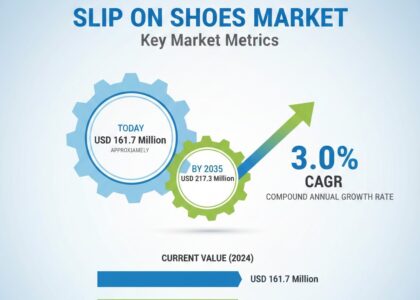The global rail sector is gearing up for its big comeback—more tracks, cleaner trains, faster travel. But there’s a quiet flaw at the core of this progress. One so essential, yet so frequently dismissed, it threatens to stall the entire engine. The problem? After-coolers—a component that most decision-makers couldn’t pick out of a catalog, but one that may very well decide the future of rail.
According to Future Market Insights, the railway after-cooler market is projected to surge from USD 1,146.68 Million in 2025 to USD 1,903.71 Million by 2035, growing at a 5.2% compound annual rate. That’s not niche—that’s strategic infrastructure growth. And yet, somehow, we’re still treating after-coolers like background hardware instead of what they actually are: the linchpin of engine health and rail performance.
An overheating engine isn’t just inefficient—it’s a failure in motion. And those failures are starting to stack up.
Get Ahead with Our Report: Request Your Sample Now!
https://www.futuremarketinsights.com/reports/sample/rep-gb-15988
The Real Rail Bottleneck Is Under the Hood
We talk a lot about new stations, sleeker locomotives, and sustainable transit goals. But none of that matters if trains can’t keep their engines cool. After-coolers—tasked with reducing the temperature of compressed air before it hits the engine cylinders—play a central role in power output, combustion efficiency, and emissions. Without them functioning properly, modern rail just doesn’t work.
That’s not hyperbole. That’s thermodynamics.
But the truth is, fleets are outdated. Too many operators are running with obsolete systems. Some are well past their intended service life. Replacement parts are harder to find. Maintenance cycles are reactive, not proactive. And the engineering demands of newer, high-power locomotives? They’re crushing yesterday’s cooling systems.
We’re scaling up on tracks and timetables. Meanwhile, the internal systems are buckling under the pressure.
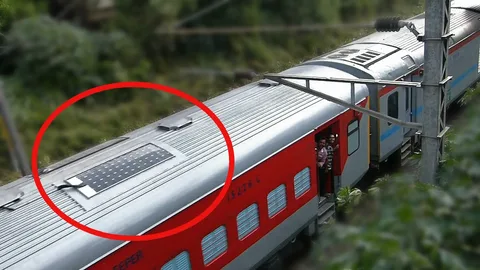
In the U.S., We’re Investing Billions—But Missing the Basics
The United States is throwing serious money at rail right now. And that’s good. But funding flashy upgrades while ignoring the thermal systems that keep engines alive is like rebuilding a skyscraper and forgetting the plumbing.
FMI’s data is the canary in the coal mine: after-cooler demand is rising fast across Europe, Asia, and the Middle East. Why? Because they’re upgrading strategically, not cosmetically. They know that without high-efficiency intercooling, they’re just building high-tech shells with failing cores.
The U.S.? Still debating which coast should get more Amtrak funding—while the guts of the engine rot.
Exhaustive Market Report: A Complete Study
https://www.futuremarketinsights.com/reports/railway-after-cooler-market
Wake-Up Call: Heat Is the Enemy of Sustainability
Everyone wants rail to be clean and green. But cooling inefficiency burns fuel, reduces power, and spikes emissions. It’s ironic—without robust after-coolers, trains designed to fight climate change may end up contributing to it.
If we’re serious about lowering rail’s environmental footprint, we need to get serious about the systems that directly impact combustion. This isn’t just an operations issue. It’s a climate issue, a performance issue, a public confidence issue. And it’s long overdue for attention.
The Fix Is Clear. The Willpower? Not So Much.
There’s no mystery here. What rail needs are after-coolers that are smaller, stronger, and smarter—built for corrosion resistance, high heat loads, and tight spaces. What the industry needs is commitment. The cost of inaction is greater than any line item in a procurement budget.
Until railway operators and policymakers understand that engine cooling isn’t a footnote, it’s a front-page story, we’ll keep overheating—figuratively and literally.


